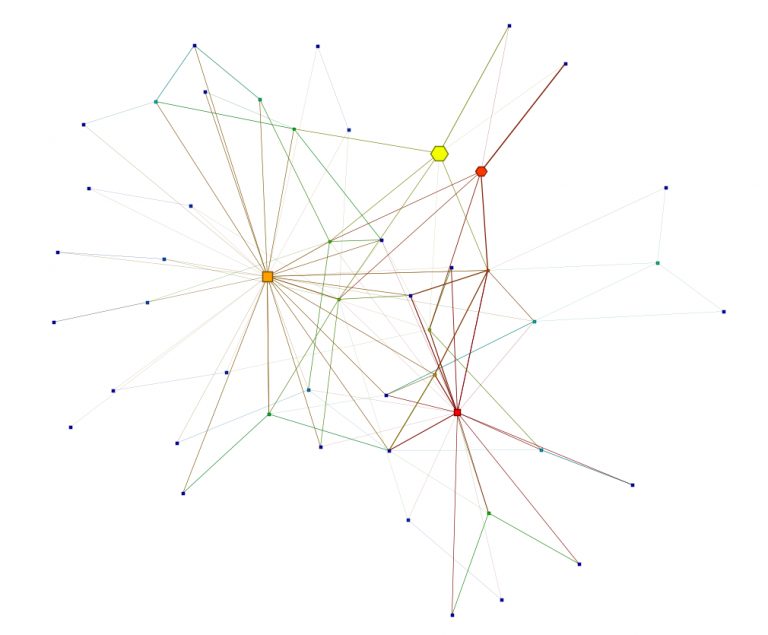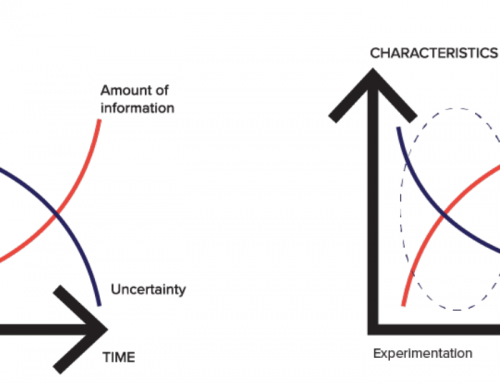If Social Science is the study of human society and the relationships between these people (using surveys and interview data, among other methods), what is Computational Social Science?

Computational Social Science has the same intent as Social Science — understanding human society and relationships. But this field has shifted analysis and prediction from the abstract to the precise, obtaining information that is more detailed and accurate, because of its use of digital data and digital tools, and its ability to analyze complexity at scale.
The data that Computational Social Science analyses is available in ever-growing amounts as humans go about their business in a world that is rapidly transforming from an analogue to a digital one. Every action taken by an individual in the digital world leaves evidence. Consider Person A, who does a number of things on an average day that will leave a digital trace: putting in fuel at a particular service station, buying a coffee and a doughnut, and then loading his shopping basket with a double pack of chocolate because there’s a two-for-one offer that day.
Person A’s day-to-day activities may appear mundane, but are replete with insights for institutions and Computational Social Science scientists interested in analysing his current behaviour, predicting his future behaviour and establishing trends and patterns. This information can then be used to understand Person A and provide better services: to establish why he might close a bank account, for example, or to streamline the process of booking an airline ticket. To put it more plainly, humans have become data collection and consumption machines that can be understood by means of intelligent algorithms.
The use of personal data understandably raises issues of privacy. Companies such as ecosystem.Ai, which work with regulated institutions to help them understand their clients better, use data that is provided under regulated circumstances, is internal to the institution (“design data”), and is provided with clients’ consent. Clients essentially trade their data for favors, such as overdrafts, credit-limit increases, mortgages, private loans etc. This is opposed to the unethical capture and use of personal data with the aim of manipulating sentiment.
Shifting behaviors
Of course, understanding the data provided by Person A, and millions others like him — as well as the complex web of relationships between these people — would be impossible without vast amounts of processing power. A key driver of the field of Computational Social Science has thus been the exponential growth in computational power.
Combine this ever-growing processing power with the data provided by humans’ digital activity, and you have an unmatched ability to analyse human behaviour. Those working in the field of Computational Social Science are able to construct computational models never thought possible before in order to interpret data provided by human activities. This in turn has created new avenues of innovation for businesses eager to understand their clients and provide them with improved products and services.
- Jay van Zyl





